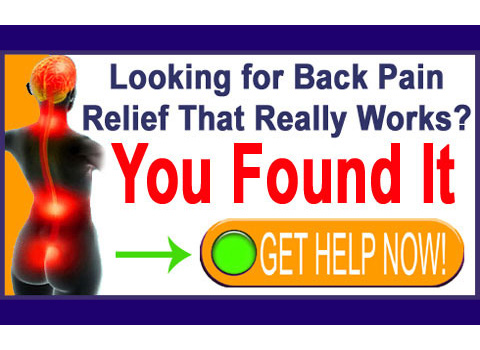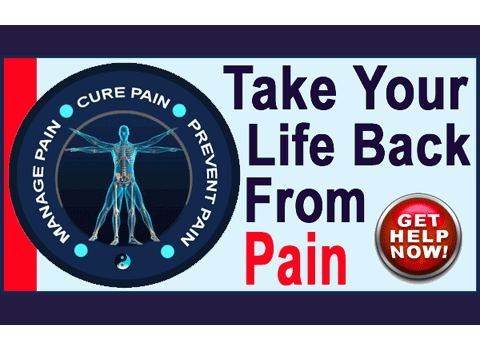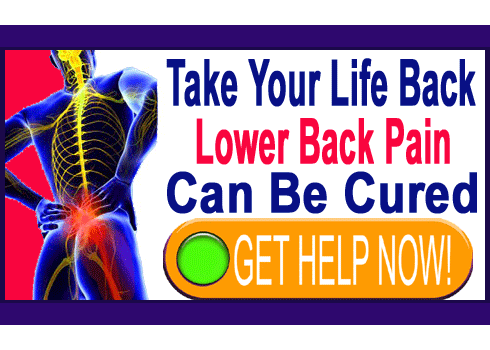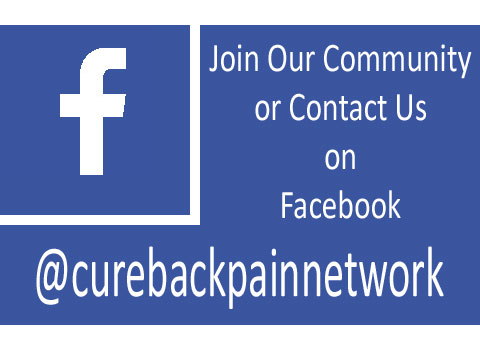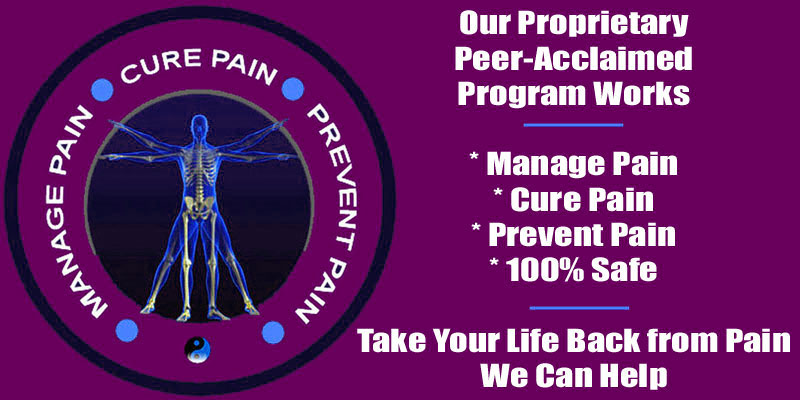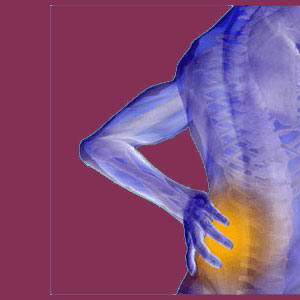
Scoliosis nocebo is a proven psychoemotional consequence of being diagnosed with atypical side to side spinal curvature. In other cases, it is not the diagnosis itself that enacts the nocebo effect, but instead, the “bedside manner” of the treating physician or chiropractor. Regardless of where the nocebo comes from (and it might come from a variety of commonly experienced origins), the collateral effects can be catastrophic for the patient.
Nocebo is one of the most fascinating of all dorsalgia topics. It is amazing how little is known about it by the general patient population, which is no surprise. Physicians surely never talk about it, since they are the primary cause of it and do not want to accept legal blame. Additionally, since the nocebo effect is most often purposefully inflicted for financial gain, exposure of the concept to the general patient population would greatly undermine the incredible profitability of scoliosis care.
This vital essay explores the nocebo effect and its mindbody consequences on scoliosis progression, symptoms and need for treatment.
Scoliosis Nocebo Effect Defined
Nocebo is technically defined as the diametric opposite of placebo. Instead of a treatment that has no inherent efficacy, yet creates positive anatomical changes like a placebo would, the nocebo is an occurrence with no inherent pathological power, yet still creates negative consequences for mind and body in the victim. In essence, the nocebo is something that causes harm, even though it is not inherently harmful in a purely physical sense.
Nocebo is proven science and has countless mentions in the historical record of healthcare. Throughout the timeline of the human species, there have been times where a particular event, condition or occurrence was generally thought to be harmful and has therefore caused terrible health effects to those subjected to it. However, time has shown that the perception of its pathological potential was misjudged and that the occurrence, condition or event was actually harmless. However, the horrific health consequences actually existed, despite this fact. The reason for this happening is the nocebo effect.
Basically, a person thinks they have been damaged or harmed and so their body reacts as if it was actually damaged or harmed. Actual injury takes place, but only through the interaction of mind and body, rather than the occurrence’s external influence on body alone. To put it simply, the mind creates the pain and the signs of injury within the body, since it expects these results and therefore manifests them into reality through a number of internal processes that occur beneath the level of consciousness.
Causes of the Nocebo Effect
The nocebo effect is a common consequence of the diagnostic process for scoliosis, or virtually any other potential source of pain for that matter. The patient is informed that there is some verified condition that affects them and does not affect everyone else. They are different. They are damaged. They are less than… These are all messages that register loud and clear in the subconscious, despite what the conscious mind might think. All of these messages are unacceptable for the true self (which lies below the conscious surface) to endure. Therefore, they must be repressed or suppressed away from the consciousness or else potentially cause destruction of the self image and value of the individual.
The manner in which a patient is treated can accentuate or negate the nocebo effect. In fact, the bedside manner of the caregiver is the most telling factor in who will suffer nocebo and who will not. If a caregiver is factual and objective, not inspiring fear, yet not sugarcoating the truth, the patient should be neutral in their nocebo reception. They might suffer some effect if they are internally fearful, or of a particular personality type, or they might not.
If a caregiver is incredibly supportive, positive and inspires self confidence in the patient, regardless of the nature of their diagnosis, the patient is unlikely to suffer any type of scoliosis nocebo and statistically will fare much better. This is exemplified in scoliosis experts who immediately inform their patients that scoliosis is not inherently painful and that they should not expect pain. They also tell the patient that scoliosis does not restrict their life potential and will not prevent them from pursuing whatever they want to do in the future. These patients are much less likely to suffer pain and related symptomology, even when actual structural pathology is present and would make discomfort seem likely. This is a proven fact.
However, now we get to the worst case scenario and one that we see regularly in the dorsalgia treatment sector. This terrible sin against humanity occurs when a caregiver purposefully or callously exacerbates the nocebo for financial gain or out of unforgivable ignorance. The care provider makes the patient feel especially damaged and inspires fear for the future. They blame existing symptoms on the diagnosis, typically without any fact-based justification of this connection. They warn the patient not to do a long list of things and these things are typically life activities that are cherished by the patient. Once again, there is no scientific basis for these prohibitions, but instead they are given arbitrarily and with obvious damaging consequence to psychoemotional mind, and therefore, to body. This very much reflects my own experience with a dastardly chiropractor.
Some care providers simply fail as human beings and can not generate the sympathy and empathy to be effective healers. These doctors should never be allowed to gain or maintain licensure as clinical medical providers, as they do more harm than good. However, the far worse type of caregiver knows fully well the injury they are inflicting and does so happily in order to gain complete compliance for treatment recommendations. In essence, they make a patient feel damaged, so that they can “fix” them at great financial expense. This is opportunism, predation, financial motivation, a complete lack of ethics and criminal intent personified. Meanwhile, it is a common day to day act put on by doctors, chiropractors and therapists in virtually every healthcare specialty.
This propagation of the nocebo effect is one of the most serious failings of the modern medical sector. The industry has become one of medical business, rather than conscience-based healers who truly want to help. Of course, this criticism only describes some bad doctors, but unfortunately, this number tends to grow year over year, while the best-intentioned and most effective actual healers tend to disappear from the ever-more competitive and cutthroat healthcare juggernaut.
Consequences of Scoliosis Nocebo
The mind typically reacts violently to the scoliosis nocebo effect. It normally will immediately begin symptoms or exacerbate existing symptoms as a means of focusing the consciousness on the body and creating a villain on which to place the blame, rather than a diminished actual self. The mind will provide the pain all the structural plausibility and medical credibility it requires to grow into a monster that has potential to take over life and functionality.
The mind will also feel assaulted by the inference that the individual is not as good as others, is different and is damaged. It will not allow this message to permeate the consciousness and gain rooting in the deepest layers of the personality. Instead, it will focus the conscious mind on pain, as this is a perfect distraction from psychoemotional insult.
Blaming the scoliosis for creating the trouble is far more appealing than blaming the individual for its own inferiority. Pain will become a struggle to take over life itself. This is what happens in so many chronic pain scenarios, where the patient slips gradually into the abyss that is created by their own mind and blamed completely on some innocent, although obvious and visually proven structural issue.
Scoliosis Nocebo Guidance
To summarize this rather complicated essay, the perception that a scoliosis curvature is painful and pathological is more powerful than the realty of its actual completely innocuous nature. A patient might suffer pain and disability, often ever-escalating, due to purely mindbody reasons and not due to any actual pathology of the condition itself. This is a classic study in mindbody medicine and is well documented in the medical literature.
We have been writing about mindbody health issues for more than 15 years and continue to be the premier source of all research that is ongoing in the field. If you are interested in learning more about the nocebo effect and how it may factor into your pain problems, please search nocebo on our site search tool and enjoy our numerous enlightened articles on the subject.
Scoliosis > Psychosomatic Scoliosis Pain > Scoliosis Nocebo

